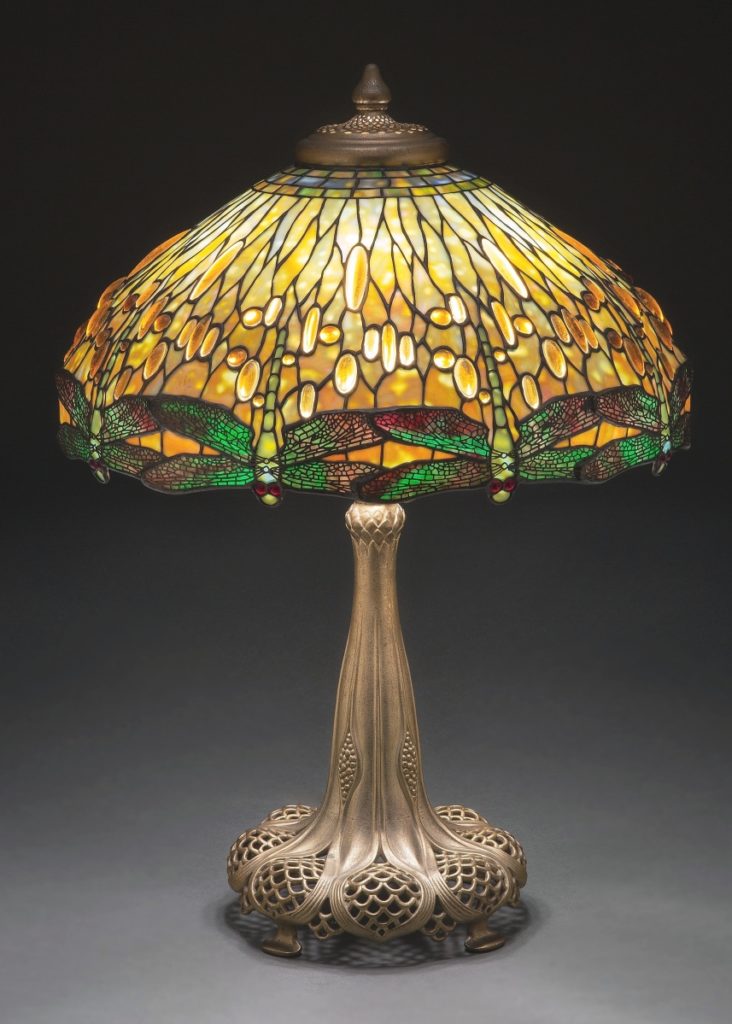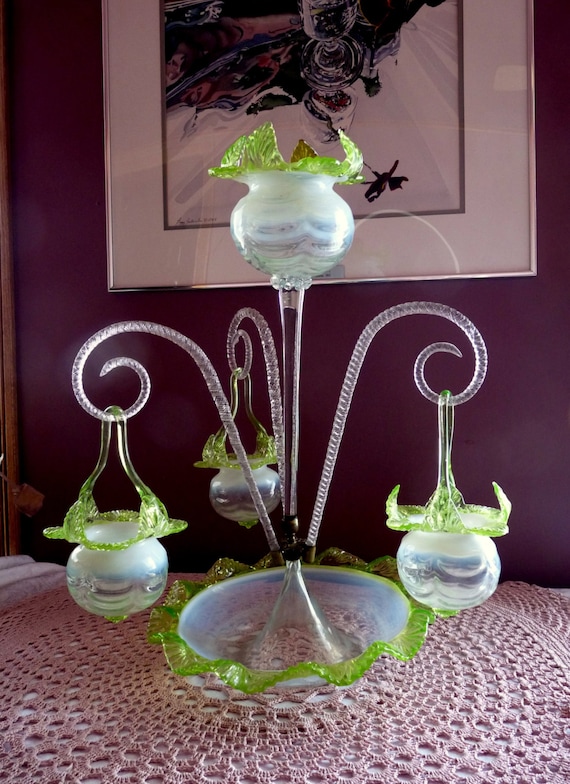Antique decorative glass has a way of captivating collectors and enthusiasts alike. With its unique charm and rich history, it serves not only as exquisite decor but also as a window into the past. In this article, we will explore what antique decorative glass is, its various types, how to care for it, and tips for starting your own collection. Drawing from personal experiences and extensive research, I aim to help you appreciate and understand the beauty of these glass treasures.
What is Antique Decorative Glass?
Antique decorative glass refers to glass pieces that are more than 100 years old, often featuring elaborate designs or historical significance. These items range from vases and bottles to bowls and figurines, each telling its own story. The artistry involved in making these pieces not only showcases the craftsmanship of the era but also the cultural influences at play.
Historical Context of Decorative Glass
The history of decorative glass can be traced back to ancient civilizations where glass was primarily used for functional purposes. Over the centuries, glass artisans evolved their techniques, leading to the creation of decorative pieces during the Renaissance, Victorian era, and beyond. Each period brought about unique styles that reflect the artistic trends of the time.
Types of Antique Decorative Glass
Understanding the types of antique decorative glass can greatly enhance your collection. Below are some popular categories:
1. Blown Glass
Blown glass is created by inflating molten glass into a bubble using a blowpipe. This technique allows for a variety of shapes and designs.
2. Cut Glass
Cut glass involves cutting patterns into the surface of the glass, creating intricate designs that catch the light beautifully.
3. Stained Glass
Often associated with windows, stained glass uses colored glass pieces held together by leads to form stunning visual narratives.

4. Fenton Glass
Fenton glass, produced by the Fenton Art Glass Company in the United States, is known for its vibrant colors and distinctive styles, including hobnail and carnival glass.
5. Murano Glass
Originating from the Venetian island of Murano, this glass is celebrated for its quality and artistic flair, often featuring intricate designs and rich colors.

How to Identify Antique Decorative Glass
Identifying genuine antique decorative glass can be exciting yet challenging. Here are some steps to help you determine the authenticity of a piece:
Inspect the Light Reflection
Antique glass often displays a softer, more diffused light reflection compared to modern glass. Look for imperfections that indicate handcrafting.
Check for Bubbles and Waves
Natural bubbles and waves in the glass are signs of hand-blown craftsmanship and an indicator of age.

Look for Labels and Markings
Some antique pieces may have labels or markings indicating their origin, manufacturer, or designer, which can aid in identification.
Caring for Antique Decorative Glass
Taking care of your antique glass ensures that it maintains its beauty and value over the years. Here are some essential tips:

1. Cleaning Techniques
Use a soft, lint-free cloth and a mild soap solution for cleaning. Avoid abrasive cleaners, as they can scratch the surface.
2. Proper Storage
Store your glass in a stable environment away from direct sunlight, which can cause fading or discoloration.

3. Handling with Care
Always handle antique glass with clean, dry hands to prevent transferring oils or dirt.
Starting Your Antique Decorative Glass Collection
Starting a collection can be a fulfilling journey. Here are some tips to guide you:

1. Set a Budget
Decide how much you are willing to spend and stick to it to avoid impulse purchases.
2. Research and Learn
Before making any purchases, invest time in learning about different styles, eras, and materials. Online resources, books, and local museum exhibitions can be quite informative.
3. Attend Antique Shows and Fairs
Visiting antique shows and fairs allows you to see a variety of pieces, meet collectors, and learn from experienced sellers.
Pros and Cons of Collecting Antique Decorative Glass
| Pros | Cons |
|---|---|
| Unique and beautiful decor | Can be expensive |
| Historical significance | Requires care and maintenance |
| Potential for investment | May require expert knowledge to identify values |
| Community of collectors | Availability can be limited |
Conclusion
Antique decorative glass is not just a collection of beautiful pieces; it’s a journey through history and artistry. Whether you are a seasoned collector or just starting, embracing the beauty of antique glass allows you to appreciate the craftsmanship of the past while adding character to your home. Each piece serves as a reminder of the stories it carries and the hands that created it.
FAQs about Antique Decorative Glass
What is the best way to clean antique glass?
Use a soft cloth with a mild soap solution to gently clean antique glass. Avoid abrasive materials that could scratch the surface.
How can I tell if my glass is antique?
Examine for bubbles, waves, and imperfections, which indicate handcrafting. Additionally, check for any labels or markings from manufacturers.
Where can I buy antique decorative glass?
Look for antique shops, auctions, estate sales, and online marketplaces that specialize in vintage and antique items.
Is antique glass a good investment?
Antique glass can be a great investment if you select pieces wisely and focus on quality, rarity, and condition.
How should I store my antique glass?
Store your antique glass in a stable environment, away from direct sunlight, and ensure that it is in a protective case or padded storage.